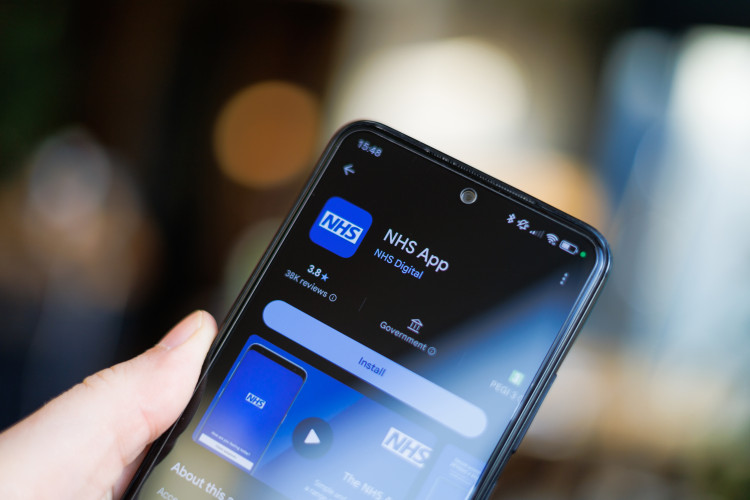With the hotly anticipated 10-Year Health Plan expected tomorrow, Wes Streeting has made it clear that technology will be central to achieving the Government’s ambitions to run a leaner, more productive health system.
From “patient passports” to a more intelligent NHS App, the promise of digitisation looms large. But with patient data still kept in silos, and foundational infrastructure in varying states across the system, how likely will this dream become a reality?
From the outset, this Government has hailed technology as the answer to fixing public services – including the NHS. Which is all too familiar rhetoric, and we’ve seen no shortage of initiatives, roadmaps and plans for tech and innovation in recent years, yet delivery has often lagged behind. Something which was made apparent in Lord Darzi’s Independent investigation of the NHS in England which stated that the NHS remains “in the foothills” of digital transformation. Now, those foothills risk becoming a bottleneck.
We know that at the centre of the 10 Year-Health Plan is the goal of a digital-first health service, with intelligent interfaces, smarter patient communication, and real-time data sharing. But that vision is built on a fragmented data landscape. Across the NHS, there are dozens of different IT systems and inconsistent data-sharing practices, creating a tangled web of service providers. Records aren’t always digitised and where they are, they often aren’t interoperable. As a patient moves through the system, often their data doesn’t move with them – impacting the speed and quality of patient care.
The current fragmented data landscape isn’t new – the Lancet medical journal found that even though data was being collected centrally, systems were still storing and managing at the local level. This is in part due to the fact that, historically, technology procurement was delegated to local level, creating a landscape of varying levels of digital maturity and “have and have nots”. The previous Government had hoped the Federated Data Platform would solve this, but progress has been slow moving – with Wes Streeting even criticising the “glacial” pace of adoption prior to the General Election.
Prime Minister Keir Starmer has stated that “unleashing the power” health service’s data would improve information-sharing across the NHS in England and that plans for creating a single patient record will be a core part of the 10-Year Health Plan. However, there has yet to be any discussion on what will happen to historic records – with 71% of trusts in the UK still using paper in some form, despite having electronic patient records.
Without a serious root-and-branch review of the data environment – its structure, governance, and interoperability – the 10-Year Health Plan’s consumer-facing components (like the upgraded NHS App) risk falling flat. An app is only as smart as the system it plugs into.
With that being said, there are positive signals that the Government does understand this. The Government’s Industrial Strategy treats data not just as a tool, but as a critical asset for productivity and growth. It set out the vision for a new Health Data Research Service – a foundational piece of infrastructure with interoperable platforms, data governance that enables real-time data sharing. It sounds like exactly what we need but now is where this ambition needs to be matched by delivery.
The shift from analogue to digital is no longer optional for the NHS. It is existential. And while the technology may dazzle, the real work lies beneath the surface – in wiring the system so data can move with patients, empower clinicians, and drive smarter decision-making. Until that happens, the NHS will remain stuck somewhere between the future it needs and the past it’s still running on.






